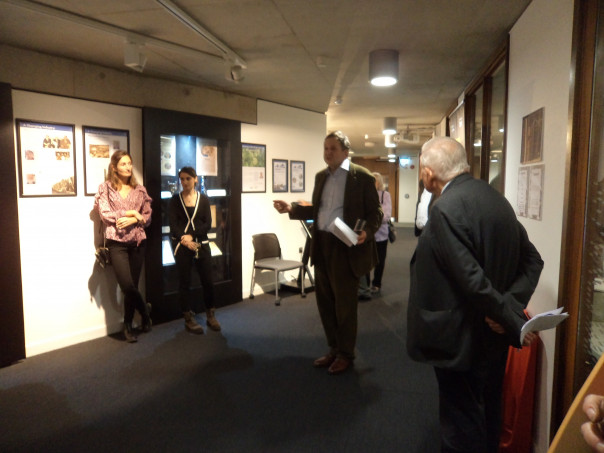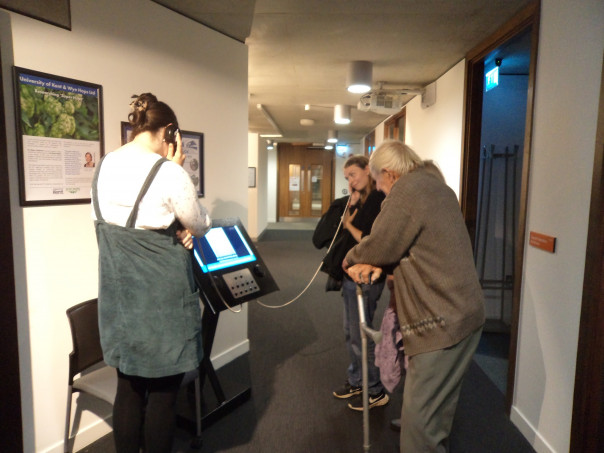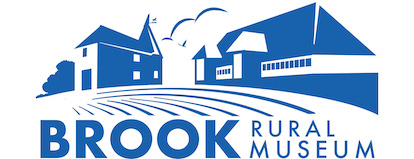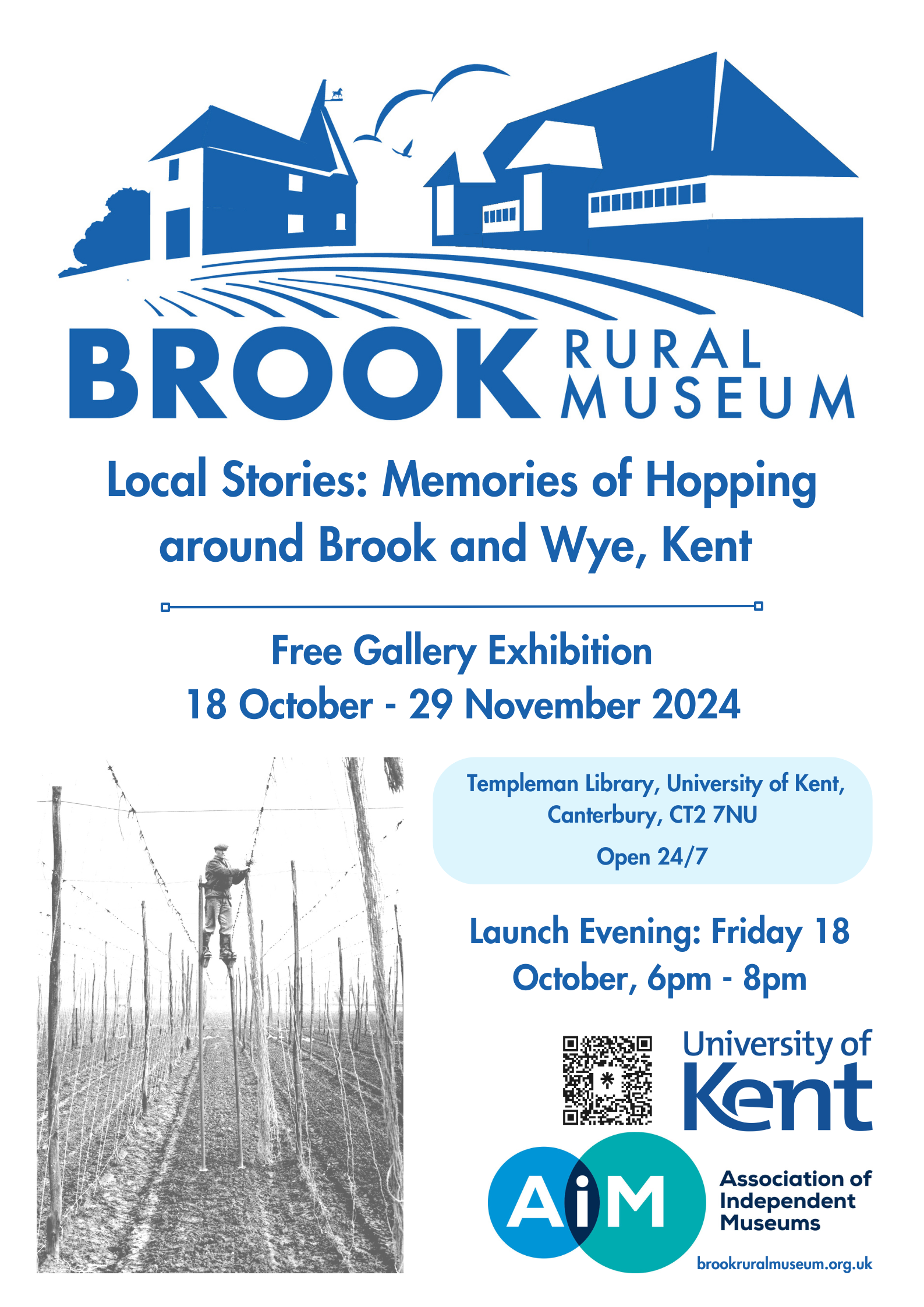The following is adapted from Dr Sheila Sweetinburgh’s blogpost https://blogs.canterbury.ac.uk/kenthistory/kent-hop-picking-and-dovers-maison-dieu/
The ‘Local Stories: Memories of Hopping around Brook and Wye, Kent’ exhibition at the Templeman Library, University of Kent, was officially opened Friday 18th October.

It is worth pointing out that even though today very few hop fields survive in Kent, John Hills as part of CCCU’s Sustainability team regularly grows of hops on the university’s campus, to be used by the local microbrewery at The Foundary in Canterbury. However, to return to this free exhibition, which will run until the 29 November, the person behind this oral history project is Dr Philippa Mesiano, Community Engagement and Project Manager at the Museum, who was helped by a keen group of volunteers. Among those interviewed were former trustees and others from the farming community in the Brook and Wye area, including former staff members at the University of London’s Wye Agricultural College. Consequently, once all had had a chance to have a brief look at the exhibition, Professor John Nightingale, as chairman of the Museum trustees, welcomed everyone and in his opening remarks congratulated and thanked Philippa and others involved in setting up the various displays, both information panels and various objects from the Museum’s collection, as well as pointing out the innovative use of oral short pieces that people can listen to.

He then handed over to Sir John Mummery, another trustee, to say a few words before formally opening the exhibition. Sir John’s speech was fascinating because, as he pointed out, his family can be seen as early modern ‘boat people’ because they were religious refugees fleeing from continental Europe to start a new life in Protestant England. Having arrived in Kent, the family settled here as farmers and some family members still follow the same occupation today. Thus, Sir John grew up on a mixed farm, and even though his father did not grow hops, he was aware of such farms in the neighbourhood. This meant he was also aware of the people who came down, frequently from London, to work picking hops, their experiences very different from the rosy publicity produced at the time because it was long hours, very hard work, often in poor living conditions, and the amenities promised were part of an adman’s dream. Sir John also noted that the part of east Kent where his family were living was close to some of Kent’s coalfields, another industry that has yet to receive the attention it deserves from historians and its history is generally not known by the public. For while this drew in miners from other parts of the British Isles, leading to what might be termed a ‘new’ east Kent accent, the working conditions were extremely hard. To a degree, this story is now being told at the new Kent Mining Museum: https://www.kentminingmuseum.co.uk/ but it would be good if this could be explored in other ways too.

For Sir John growing up on the family farm, one of the things he was determined not to be was a farmer and having read History at university following his time at grammar school, he very successfully turned to the law as a career. Yet he never lost his family’s roots in these land-based industries and, while his brothers are farmers, he has been actively involved as an enthusiastic trustee at Brook for a long time. Moreover, being able to bring his judicial expertise to the table on the Museum’s behalf has been extremely valuable. In his final remarks, he encouraged people to listen to the interview clips and to provide feedback, which is required by almost all funding bodies these days in relation to the visitor experience and what they have gained from looking and listening.
This was very well received and having again thanked and congratulated Philippa, the considerable audience of trustees, volunteers, Brook Museum staff, university library staff, some members of the public and some students returned to exploring the exhibition and leaving their responses, either using the QR code or post it notes on the board.

